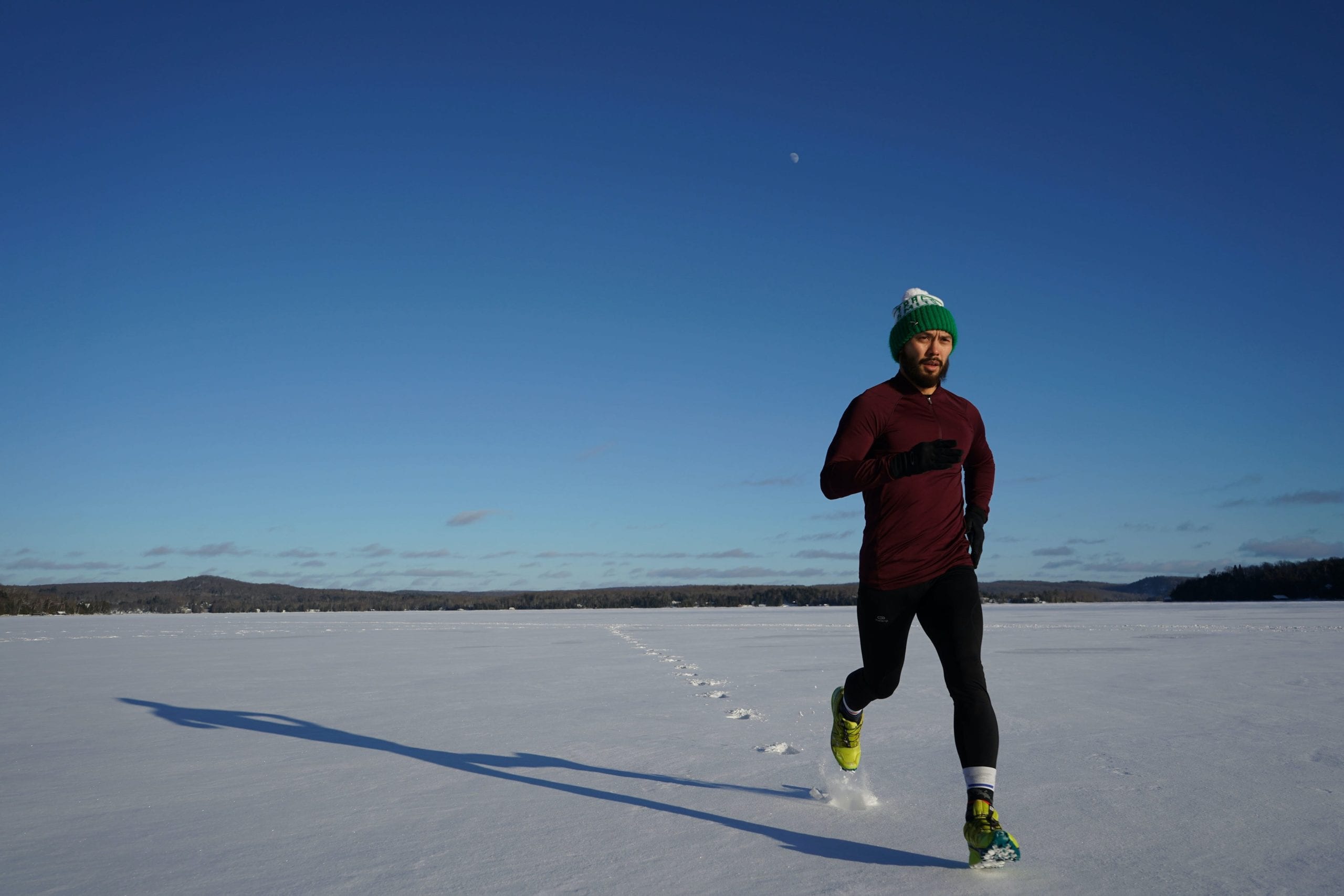Don’t let the cold keep you from getting outside to work out.
December might bring chilly temperatures, winds, and snow to Flagstaff, but it certainly doesn’t bring an end to exercising outdoors. Even when the ground is covered in snow and the thermometer says it’s well below freezing, there are still plenty of ways to get outside and do the activities you love. However, if you’re planning on braving the cold in the name of fitness, make sure you consider some of these tips to maximize your comfort while working out and prevent injuries.
Layer for Warmth and Comfort
If you love running or cycling outdoors, even in the cold of winter, the most important thing to do is layer up correctly. Depending on the temperature, you’ll probably want a base layer, a mid-layer, and a top layer. If you’re more of a cyclist than a runner, you’ll probably want your top layer to be a windbreaker of some sort.
While these layers should keep you warm, they should also keep you dry and be easy enough to remove if you get too hot a few miles in. In short, I recommend dressing for mile two, not mile one. That means that during the first mile of your run or your bike ride, you might be a little chilly. However, as you steadily bring your heart rate up, your body will warm up, and fewer layers will mean greater comfort for the majority of your time exercising outside.
You should try and strike the same balance between warmth and comfort for more traditional winter sports as well. Keep in mind how much you have to exert yourself for certain sports. If you’re snowboarding or downhill skiing, make sure your layers are wind resistant and warm because you’re not going to be exerting yourself as much as you would be if you were, say, cross-country skiing. If you’re cross-country skiing, you might want to layer more like a runner because you’ll be exerting yourself more.
Get Proper Footwear
If you’re an avid trail runner, having good running shoes for long excursions on uneven trails is a must. However, during the winter, you should take a few extra precautions. While the tread on your running shoes alone might be enough to keep you from slipping and falling during the summer, I recommend strapping some Yaktrax to your running shoes for when you’re running through snow and ice and avoiding trails that have lots of rocks and tree roots, as these obstructions can stay particularly icy long after the snow and ice disappear from the rest of the path and they can also be an injury hazard.
Whatever your choice of outdoor exercise in the winter, it’s important that you warm up beforehand. One of the easiest ways to put undue strain on your muscles is to instantly start your workout cold, in the cold. Don’t let a strain make you miss your brisk winter runs or a weekend on the slopes. However, if you do get injured this winter, come visit the experienced PTs at Proof Physical Therapy. We can help you get back to doing what you love in no time.


0 Comments